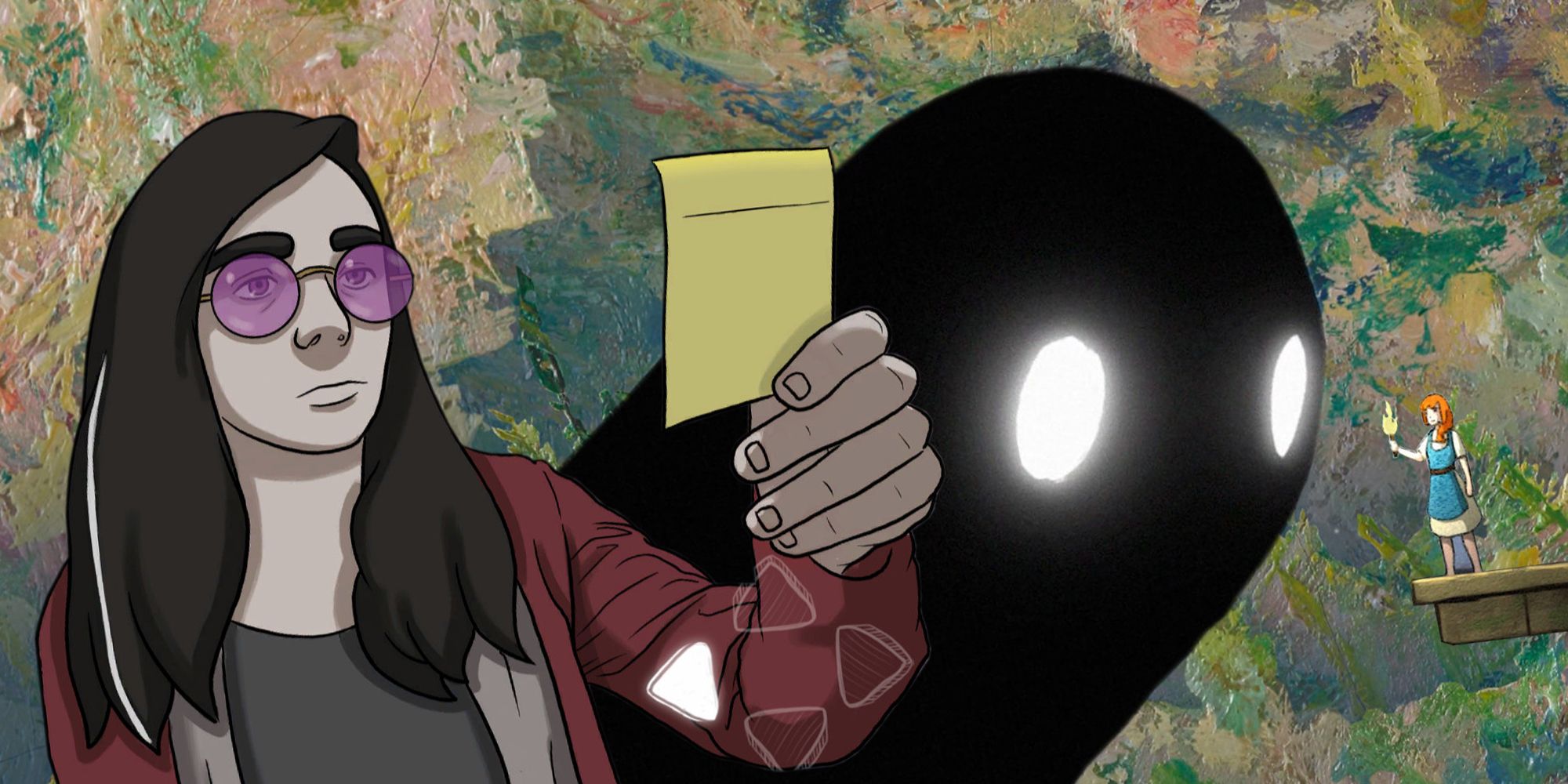Highlights
- The use of AI in the gaming industry is increasing, with AI-generated art and stolen voice actors being used in games and mods without consent.
- The appeal of AI-generated assets lies in their cost-effectiveness and efficiency, focusing more on monetary value than artistic value.
- Hand-crafted games, like Scarlet Deer Inn and The Master's Pupil, showcase the beauty and artistry of labor-intensive projects and offer a refreshing alternative to profit-driven games.
In the last few years, the use of generative artificial intelligence in the gaming industry has rapidly increased. Unity announced AI features to make developing games with its software easier (meaning it’ll probably repurpose existing stolen art and assets), games are increasingly using AI-generated art (such as High on Life), and voice actors are having their voices stolen and used in videos and mods without their consent.
The reason that people are excited to have artificially generated assets in their games is that they can spend less money paying real people with real talent, and they can get things done faster. All so the development cycle costs less and to generate more revenue with more games a year. It’s more of a money-making tool than anything, less focused on art for art’s sake and more on what value you can extract from the work.
It’s thanks to this growing culture that my appreciation for hand-crafted games has grown exponentially. Every time I see a game made in a painstaking, almost unnecessarily time-consuming way, I feel a surge of respect. I’ve written previously about how Scarlet Deer Inn, a game that went viral in May for its gorgeous hand-embroidered animations, defies ideas of efficiency and cost-effectiveness in making games. The practice of doing things that are difficult and take time just because you can and want to directly oppose trends of crunch, taking shortcuts through generative AI, and seeing games as a profit-making machine. It treats games as works of art, deserving of slow work and attention to detail, not made for profit, but for love.
Another game in this vein that has really impressed me is The Master’s Pupil. This hand painted adventure game is set in the eye and life of painter Claude Monet, and you navigate puzzles based on colour, physics and space. Every landscape is hand-painted – not on a tablet, or in software, but on paper. Developer Pat Naoum spent hundreds of hours painting backgrounds, foregrounds and assets, all created to reflect Monet’s changing style across his lifetime, and then scanned these to use in the game. The artist’s life story is communicated not through words, but in abstraction, using art and sound. It’s inspired by cult classic puzzle games like Braid and Limbo, laying out sixteen puzzle mechanics over twelve levels.
In a video posted to Instagram, Naoum said that the game took seven years to make. Seven years. That’s as long as a triple-A game development cycle is nowadays, with hundreds of employees and probably, lots of crunch. Games like The Master’s Pupil and Scarlet Deer Inn are labours of love, as is Frank and Drake, which features over 8,000 hand-drawn and hand-rotoscoped frames of animation laid over filmed footage.
These indie games aren’t created to extract maximum value from their players, but to showcase innovative ideas and do things that other developers are too afraid to, whether that be because of cost, time, or a fear that their efforts won’t pay off. These long-term projects are impressive, not just in their beauty, but in the ideals that they communicate about their developers. Games are an art form, as much as movies and television are, but that’s often overlooked by the industry at large. Games like these allow us to stop and appreciate what the medium is capable of. It’s not all photo-realistic triple-A games – sometimes, we get true art in motion, and that’s incredible.


